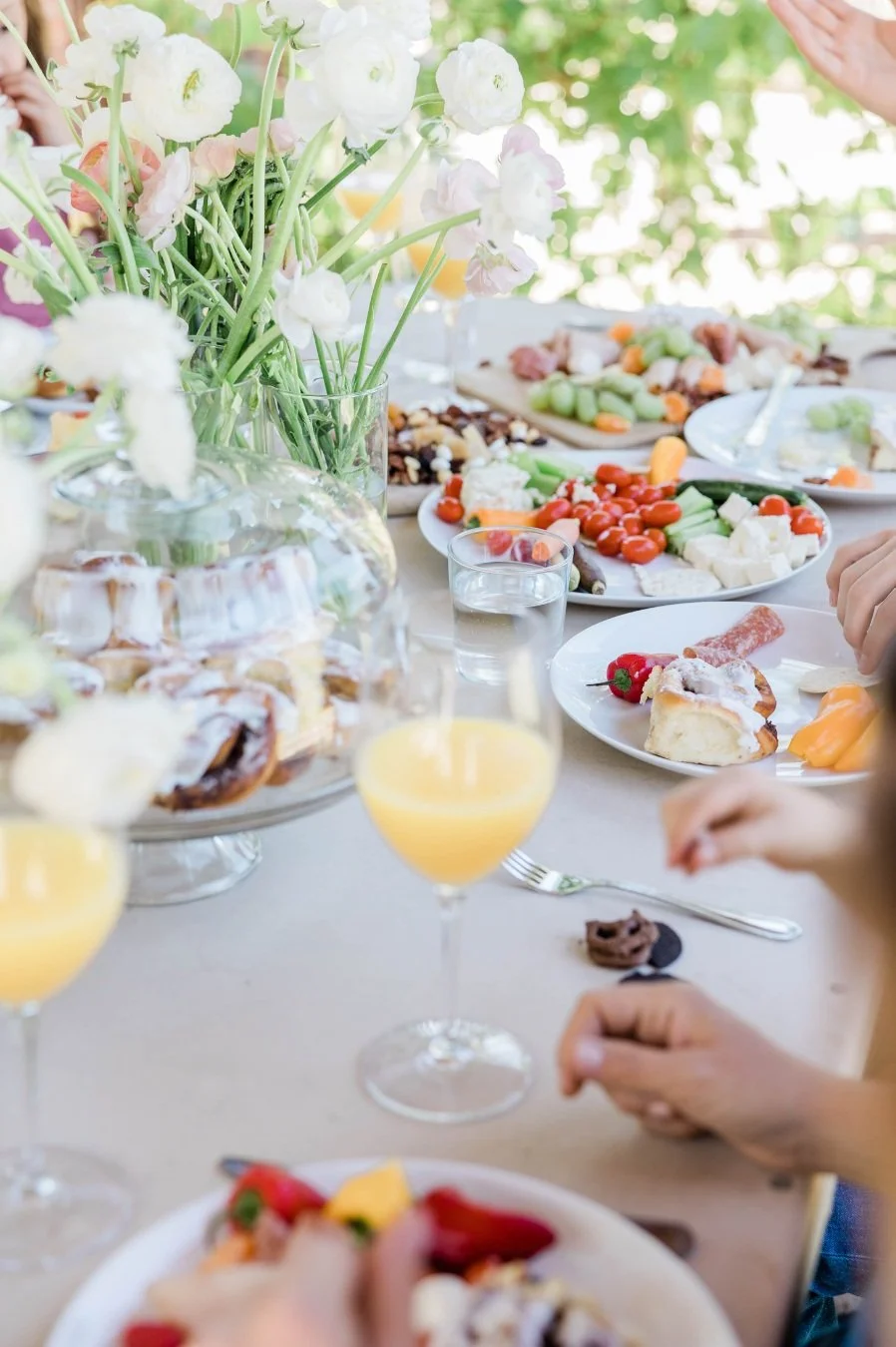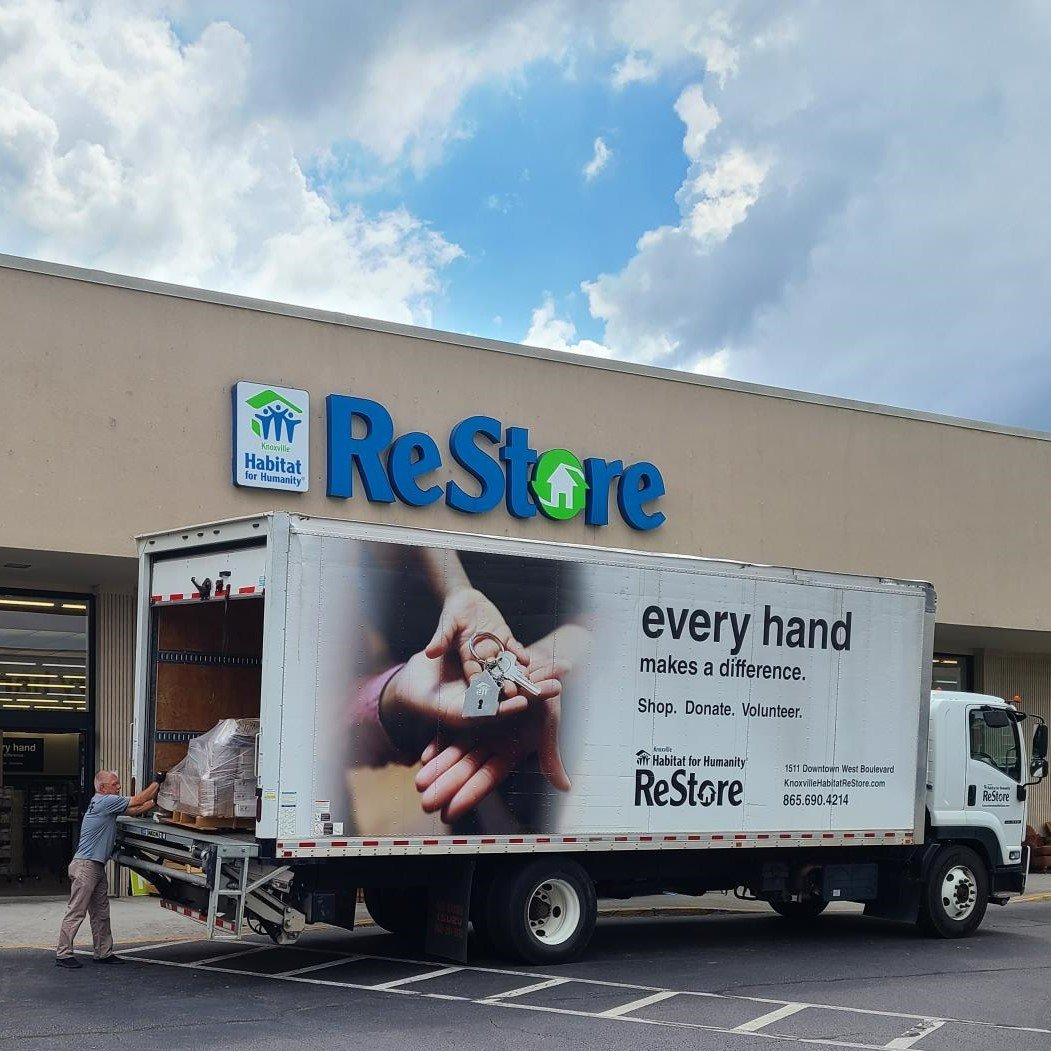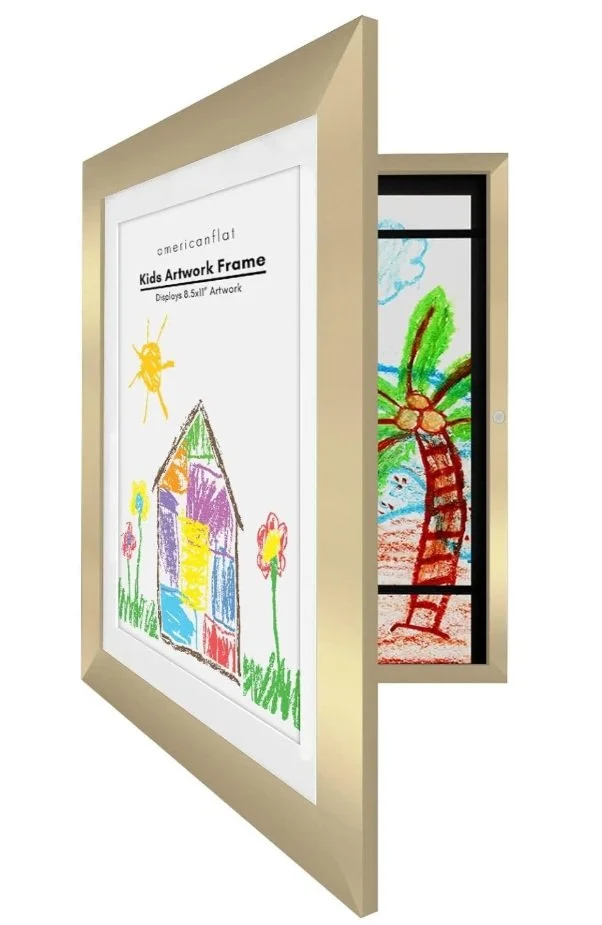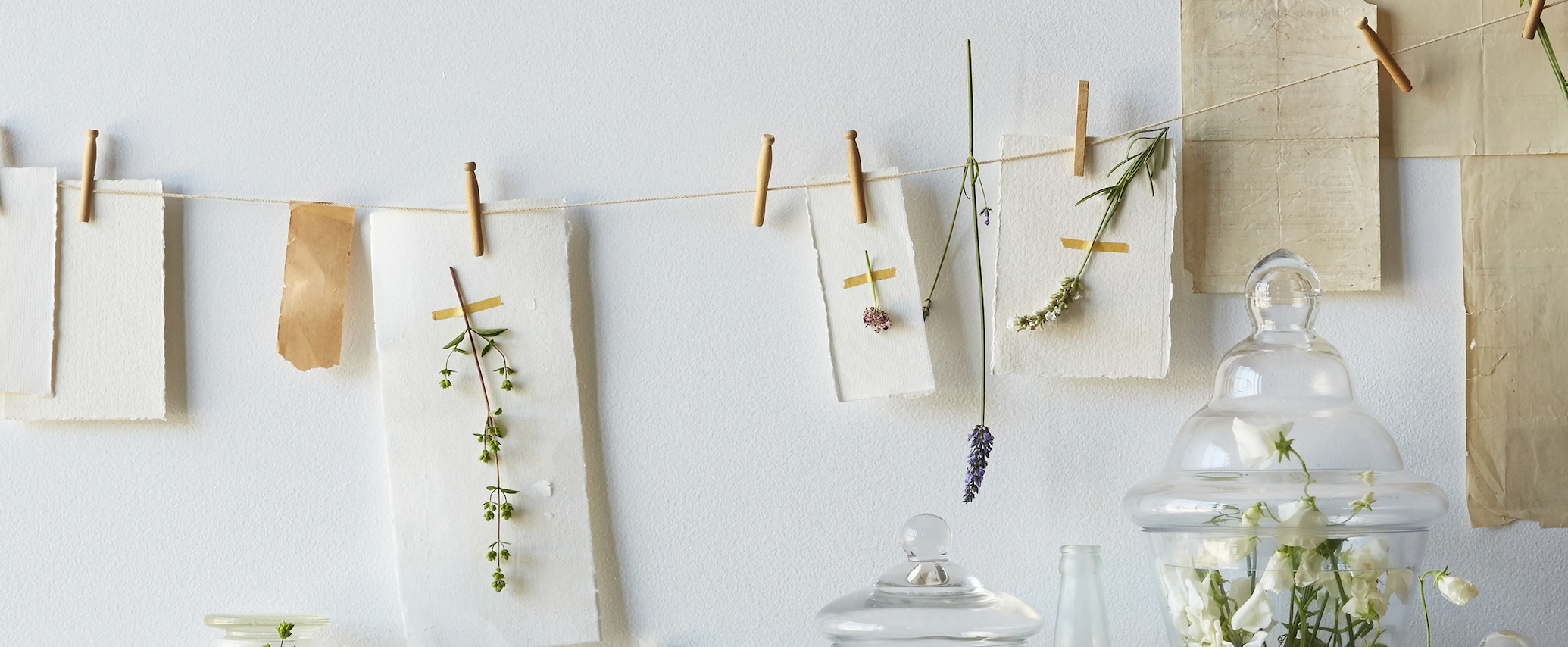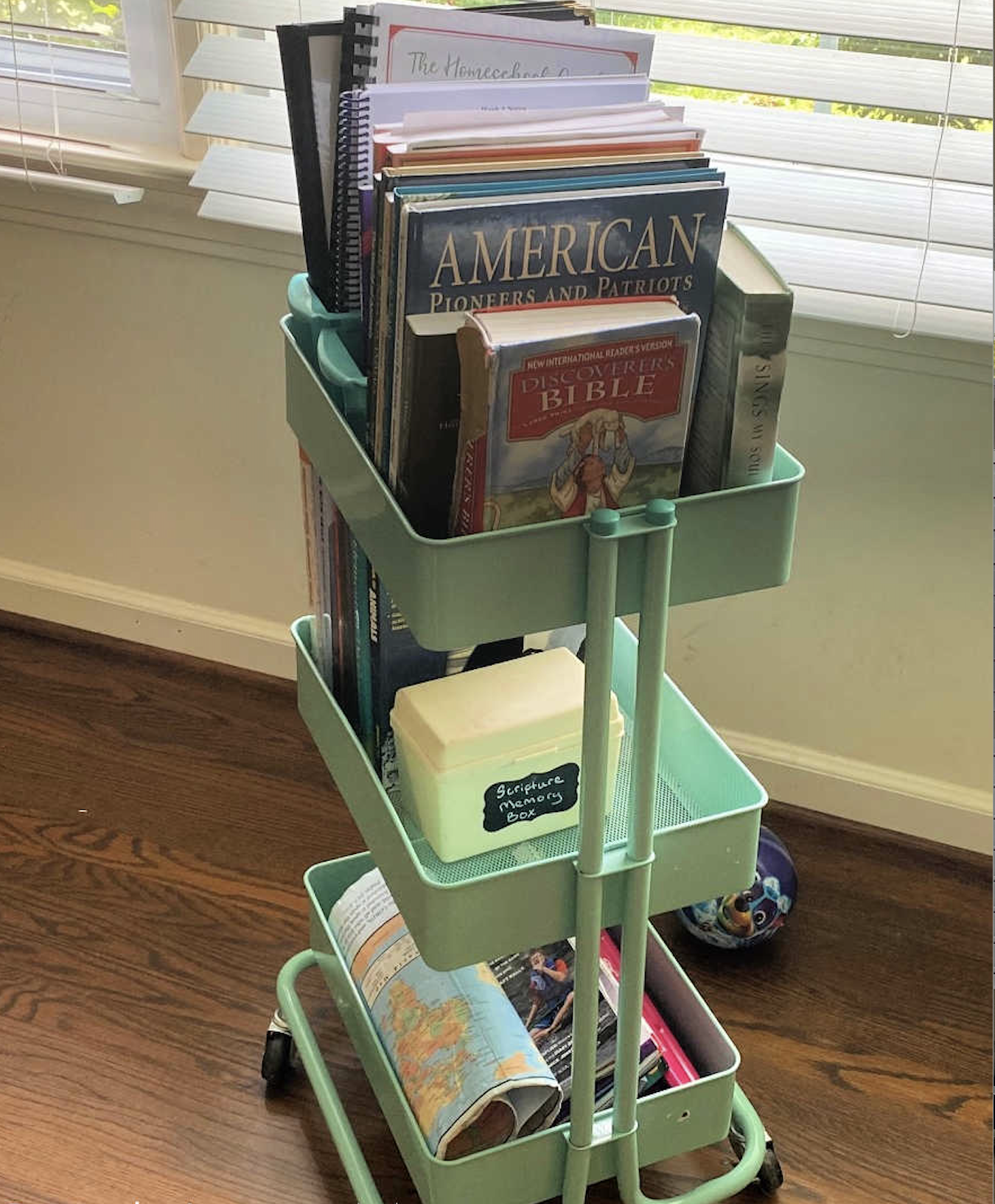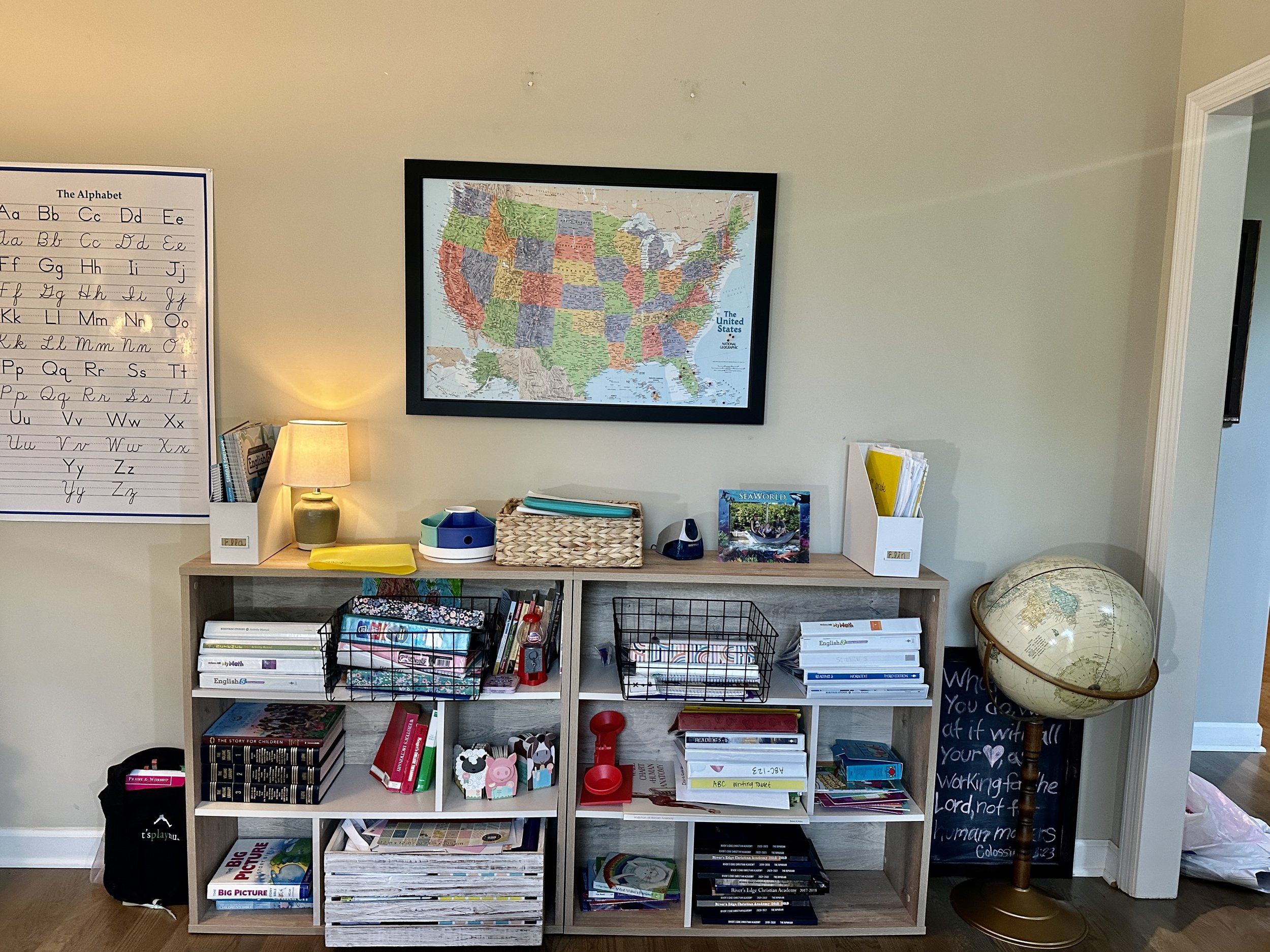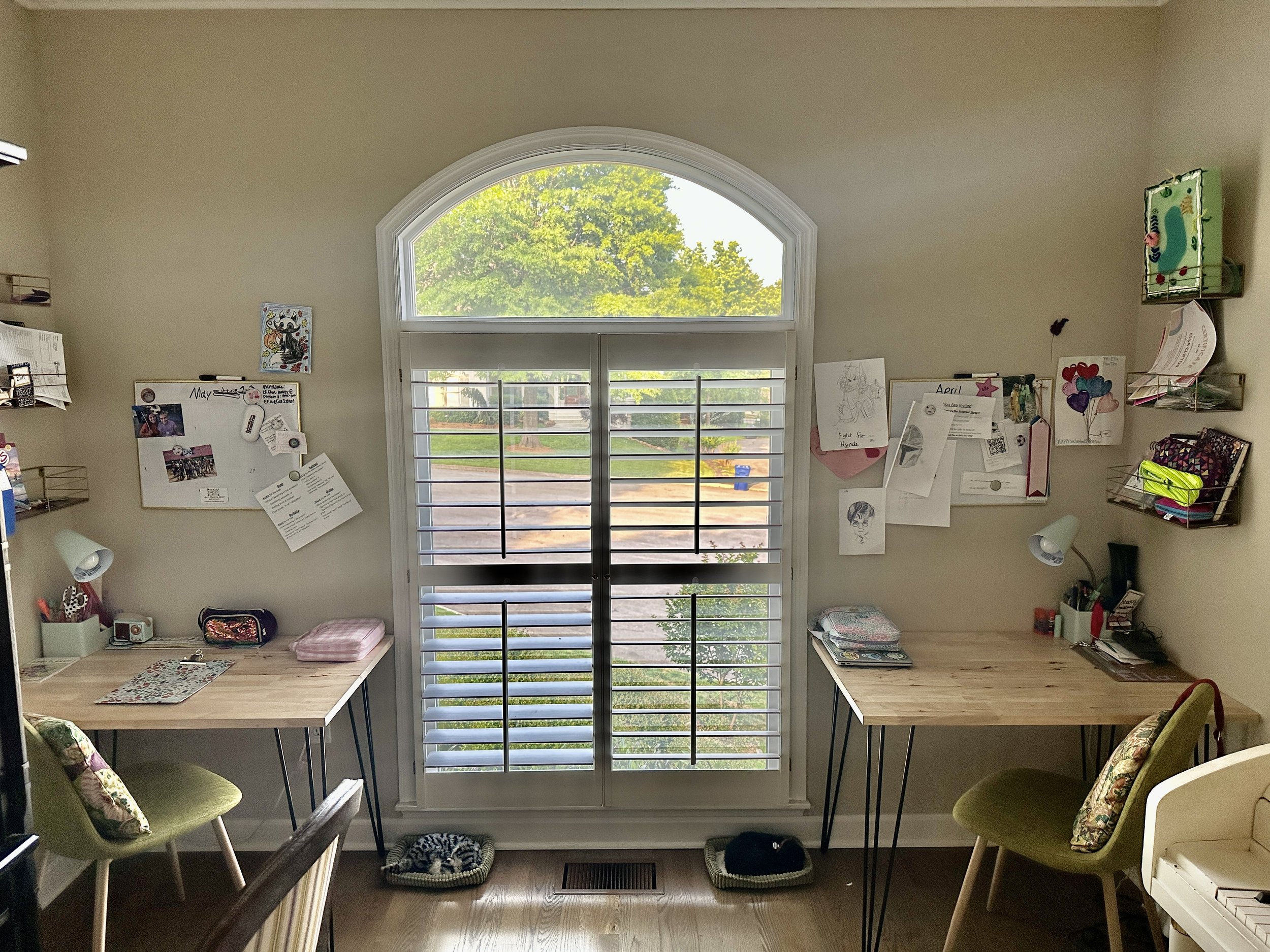August is fast approaching, and it's time to get ready! Summer is a season full of family time, vacations, and warm weather. With each season, we naturally adopt new habits. To help you transition smoothly into the back-to-school season, we've compiled a list of habits to start incorporating into your routine now. These habits will ensure you're fully prepared and can make the most out of the upcoming school year.
Exercise
It might sound trivial at first, but scheduling an hour of exercise each day with the kids is crucial. It doesn't have to be an organized sports practice or a rigorous run; what's important is that children get 60 minutes of movement daily. This helps them burn off excess energy after spending much of the day sitting at a desk. There are many fun and engaging ways to incorporate exercise into your daily routine, such as taking walks around the neighborhood, enjoying bike rides on local trails, organizing playdates at the park or pool, playing family sports like soccer or basketball, or even having dance parties at home with your kids' favorite tunes! These activities not only keep your children active but also create opportunities for family bonding.
Meal preparation
Being mindful of what you pack in your kids’ lunchboxes can make a big difference in their overall health and energy levels throughout the day. Start by considering what snacks your kids love and make sure to stock up on those, along with other essentials. Aim to prepare lunches that are nutritious and balanced, following a simple guideline: include 2/3 plant-based foods and 1/3 lean protein.
Incorporate a variety of fruits and vegetables, such as apple slices, carrot sticks, cherry tomatoes, and grapes. These not only provide essential vitamins and minerals but also keep your kids feeling full, satisfied, and ready to learn! For the protein portion, consider options like grilled chicken strips, turkey slices, or hard-boiled eggs. Adding a small portion of whole grains, such as whole wheat bread or quinoa, can also help sustain their energy levels throughout the whole school day.
Don't forget to include a fun treat or a favorite snack to make lunchtime enjoyable! Healthy options like yogurt, hummus with pita chips, or a small handful of nuts can add variety and keep lunchtime exciting. Preparing meals ahead of time and involving your kids in the process can also encourage them to make healthier choices and look forward to their meals!
Day recaps
It seems simple, but making it a habit to ask about everyone’s day can have a profound impact on your family's communication and connection. This practice is beneficial to incorporate into your daily routine all year long. A simple, “How was your day?” can open the door to meaningful conversations.
Instead of accepting a quick one-word answer like “Good,” try asking more detailed questions. Inquire about specific classes, friends, homework, and other activities. “What was the most interesting thing you learned today?” or “Who did you spend time with at lunch?” Engaging in these conversations can also provide an opportunity to discuss how school is really going. Talk about their learning styles, strengths, struggles, and any other issues they might be facing. This not only helps you stay informed about their academic and social experiences but also encourages them to express their feelings and concerns.
By fostering healthy conversations, you can support your children in navigating their educational journey, celebrate their successes, and help them overcome challenges. This consistent communication strengthens your bond and reassures them that they can always come to you for support and guidance!
Sleep
As a parent, your sleep schedule might not always be ideal, but the back-to-school season is a perfect opportunity to start instilling better sleeping habits for the entire family. Establishing a consistent bedtime routine can save time and ensure everyone gets enough rest. Children today often lose sleep due to excessive screen time. To combat this, aim to keep kids off technology at least an hour before bedtime. Encourage activities that help them wind down, such as reading a book or engaging in quiet play. Creating a calming environment by dimming the lights and reducing noise can signal that it's time to relax.
Children typically need around 8-10 hours of sleep each night. To help them adjust to the school schedule, start moving bedtime earlier a week or two before school starts. Establish a set bedtime and do your best to stick to it consistently, even on weekends. By incorporating reading time before bed and gradually adjusting the bedtime routine ahead of the school year, you can ease the transition and help your children establish a healthy sleep pattern that will benefit them throughout the year. Plus, it gives you more time to yourself at night to unwind and recharge!
HOMework Time
While most kids dread doing homework, there are several strategies to make this time more enjoyable and productive. Start by setting a designated time or duration for homework each day, so your kids know exactly what to expect. Having a consistent schedule helps build a routine and reduces resistance.
Create a homework-friendly area that is quiet, well-lit, and free from distractions. This designated space will help your children focus better and be more efficient with their tasks.
Helping kids with their homework is an excellent opportunity for you to engage with them and make the experience a bit more fun. Consider creating a sticker chart to reward daily completion, providing a visual and tangible incentive for their hard work. Additionally, incorporating short snack or play breaks can help keep them energized and motivated. By establishing a structured routine, creating a conducive workspace, and adding elements of fun and reward, you can transform homework time into a more positive and productive part of the day for both you and your children.
For more ideas on creating the perfect homework environment, check out our comprehensive Guide to Kids' Spaces. Packed with practical tips, creative ideas, and expert advice, our guide will help you optimize storage solutions and create inspiring study areas. Transform your kids' spaces into a haven of organization and creativity, making homework time a more positive and productive part of the day.
Supplies
Back-to-school supply shopping can seem daunting, but with a bit of planning, it can be a breeze. Start by following the list provided by your school to ensure you get everything your child needs. This will help you avoid unnecessary purchases and stay organized.
To make the process even smoother, consider shopping online. Websites like Amazon allow you to find exactly what you need without the hassle of visiting multiple stores. You can compare prices, read reviews, and have items delivered directly to your doorstep. Additionally, many online retailers offer back-to-school deals and discounts, helping you save both time and money.
By using a detailed list and taking advantage of online shopping, you can simplify your back-to-school supply shopping and ensure your child is fully prepared for the new school year.
For a hassle-free shopping experience, check out Help You Dwell's Amazon storefront, where you'll find all the essentials curated just for you!
Please note that when you use our Amazon storefront affiliate links, we may earn a small commission on the sale at no additional cost to you. Your support helps us continue providing valuable content. Thank you!







